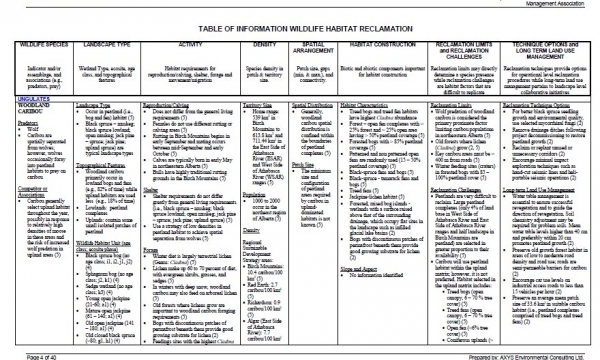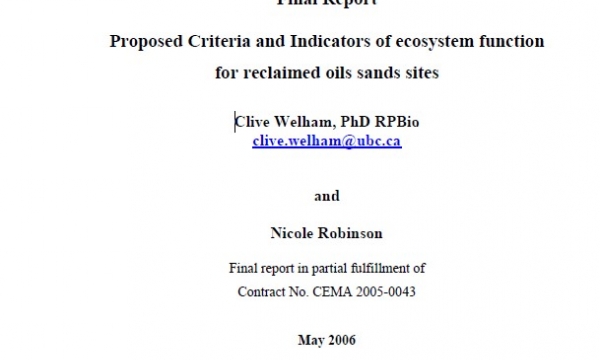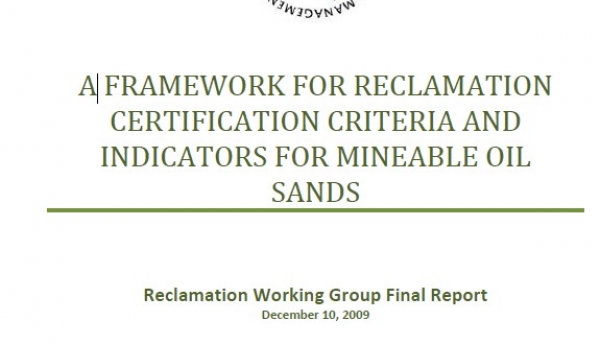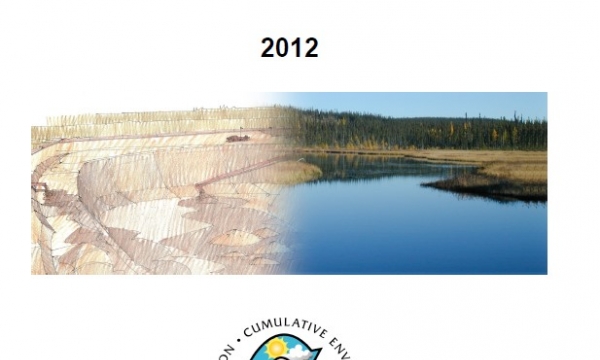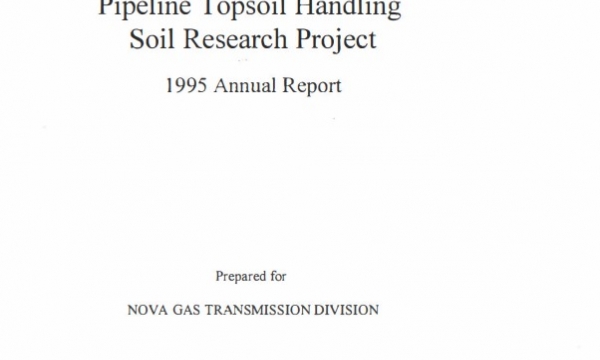Land Management Resources
Resource
Resource Date:
December
2016
Presentation from the Seismic Line Restoration Technical Session Edmonton, AB December 1 st , 2016 Organized by the Canadian Institute of Forestry This technical session will facilitate discussion and...
Resource
Resource Date:
December
2016
Presentation from the Seismic Line Restoration Technical Session Edmonton, AB December 1 st , 2016 Organized by the Canadian Institute of Forestry This technical session will facilitate discussion and...
Resource
Authors
Ashley Hillman
Scott Nielson
Abstract: Ground-dwelling macrolichens dominate the forest floor of mature upland pine stands in the boreal forest. Understanding patterns of lichen abundance, as well as environmental characteristics...
Resource
Resource Date:
August
2020
This document is an introduction to a 360 tours project Toolkit developed by Canada's Oil Sands Innovation Alliance (COSIA) led by Cenovus Energy Inc., in collaboration with Natural Resources Canada...
Resource
Seismic lines are an essential operation in the exploration for natural resources, providing more efficient and safe travel through a variety of topography with predictable costs associated. However...
Resource
Authors
AXYS Environmental Consulting Ltd.
Report provides a summary of wildlife habitat information for oil sands reclamation
Resource
Authors
Clive Welham
Nicole Robinson
Report describes a comprehensive, meaningful and cost-effective list of indicators of forest ecosystem function, including a description of how they might be used to assess reclamation success
Resource
Report proposes a criteria and indicator (C&I) framework and recommendations for development of reclamation certification criteria for oil sands mines
Resource
Document presents the scientific and engineering expertise to guide all reclamation activities associated with end pit lake design and construction
Resource
Objectives of the Twelve Mile Coulee Soil Research Project are to evaluate the impact of pipeline construction on Solonetzic soil quality and salt movement in the Brown soil zone




